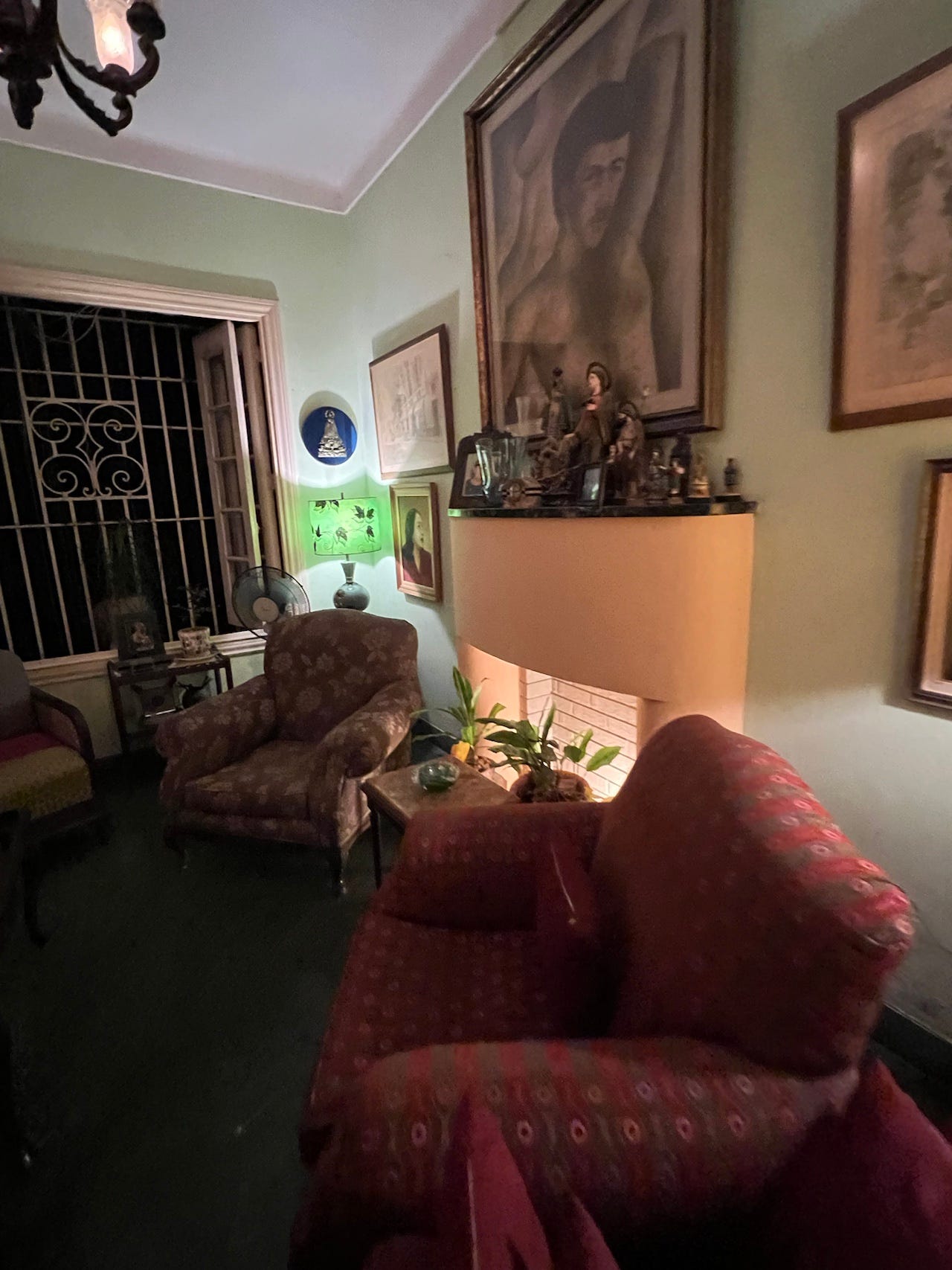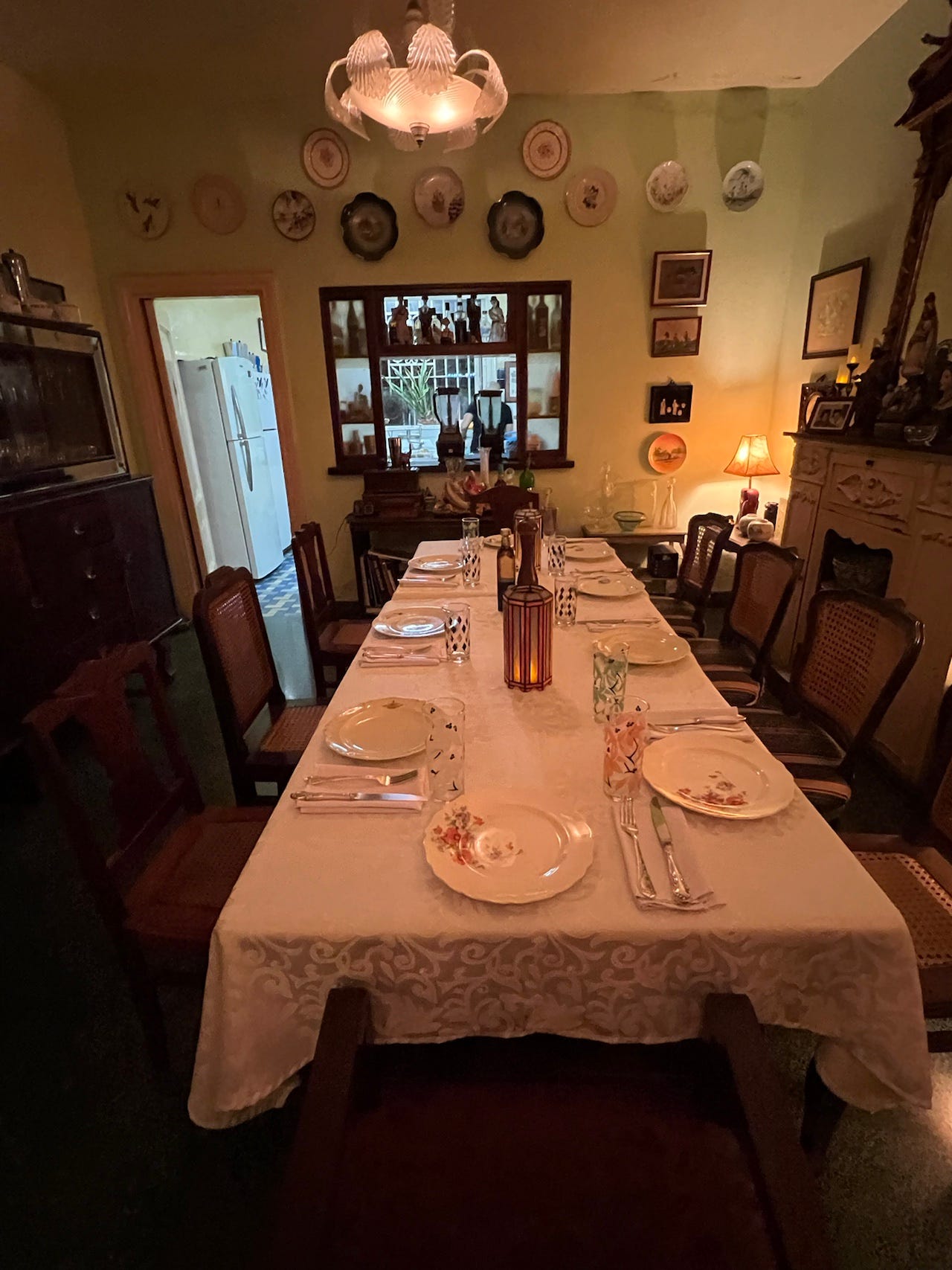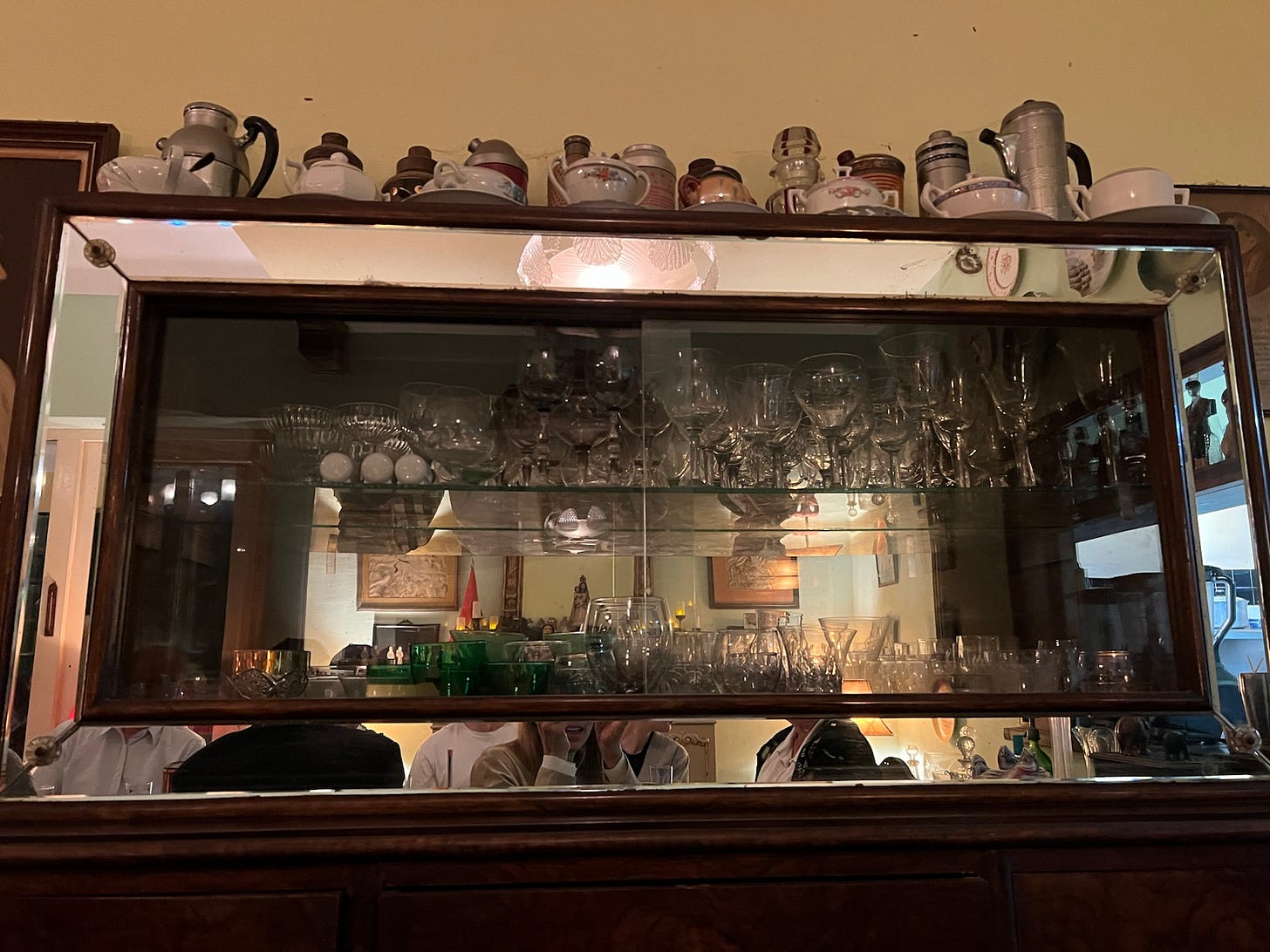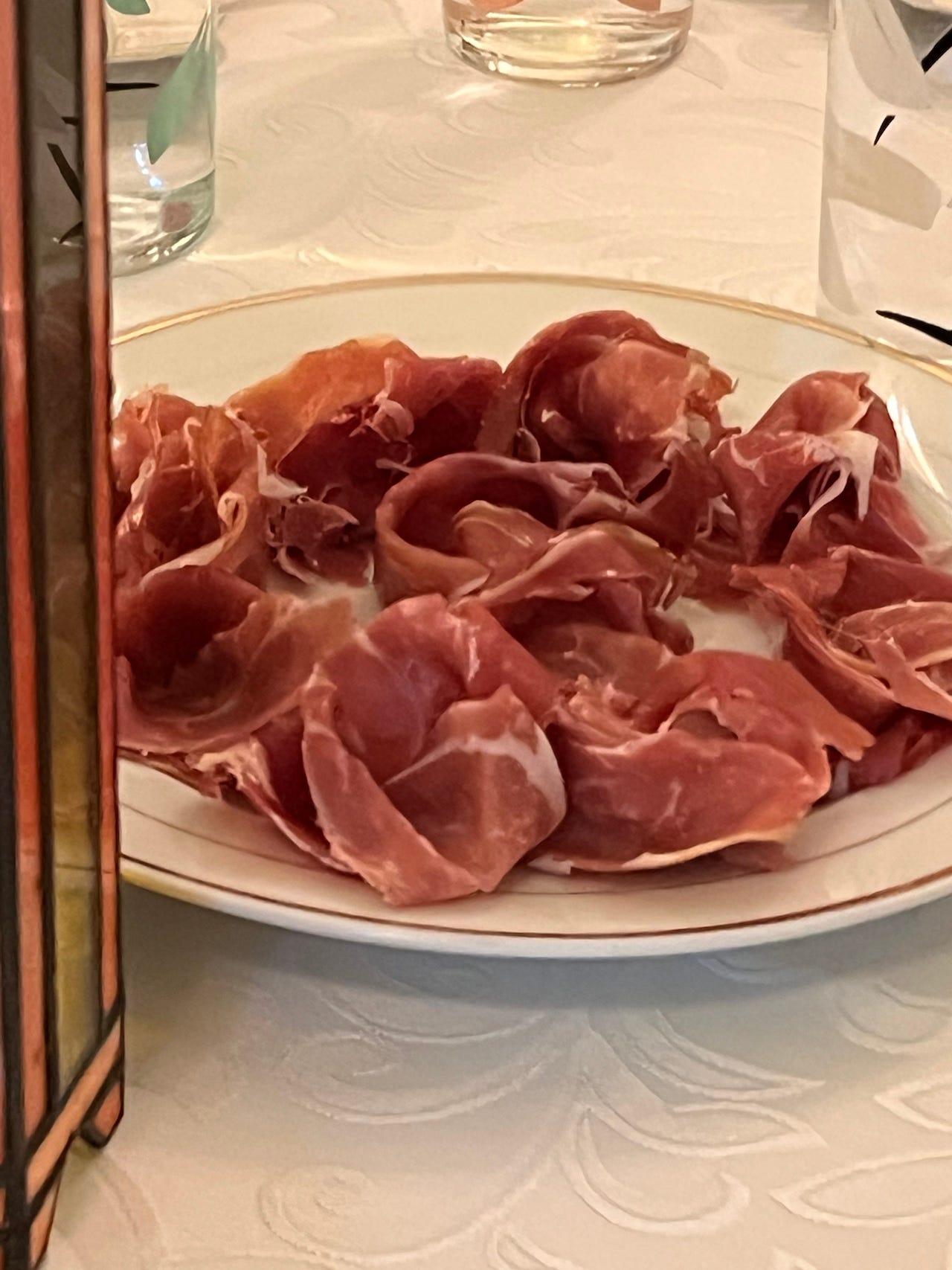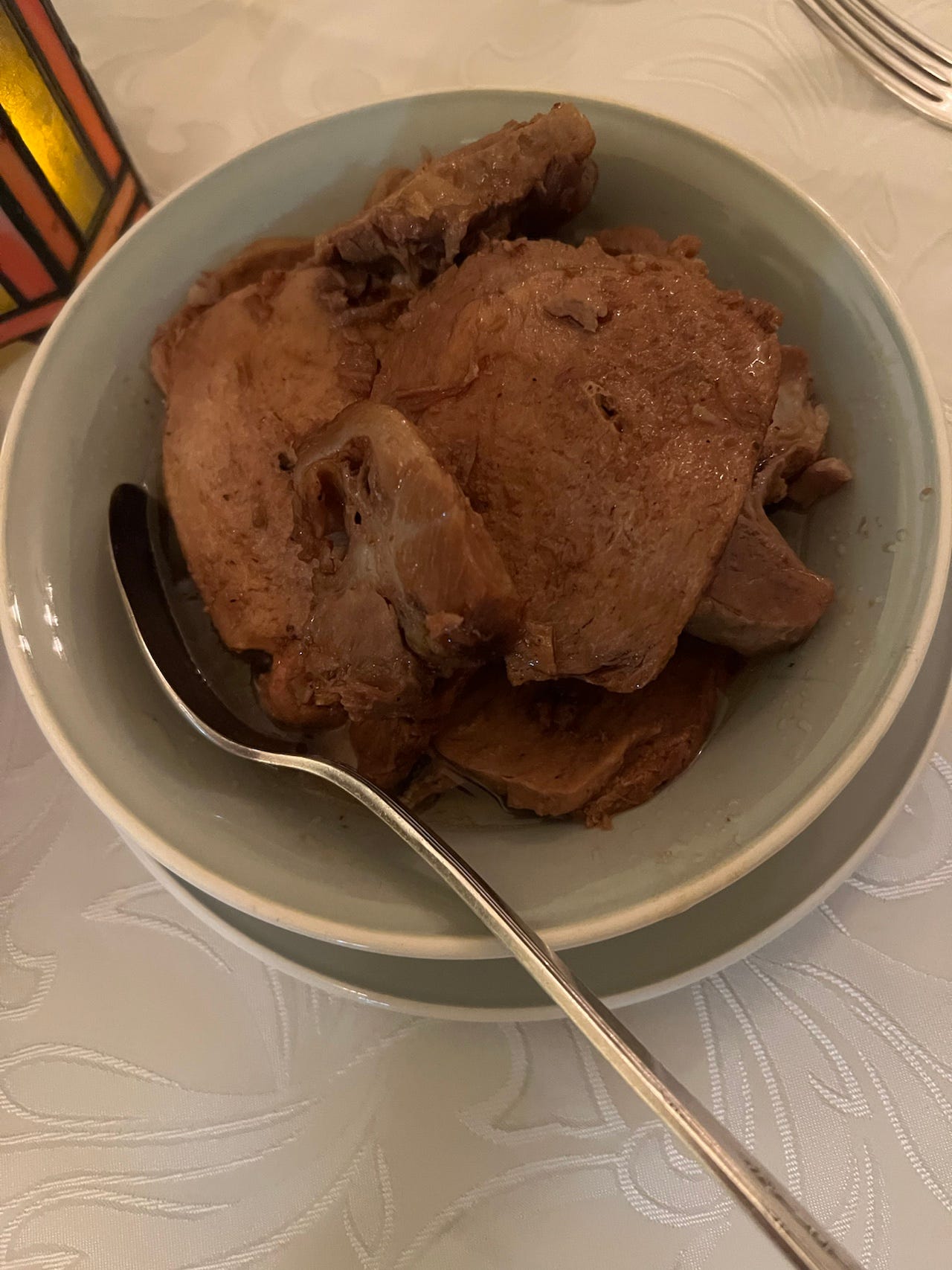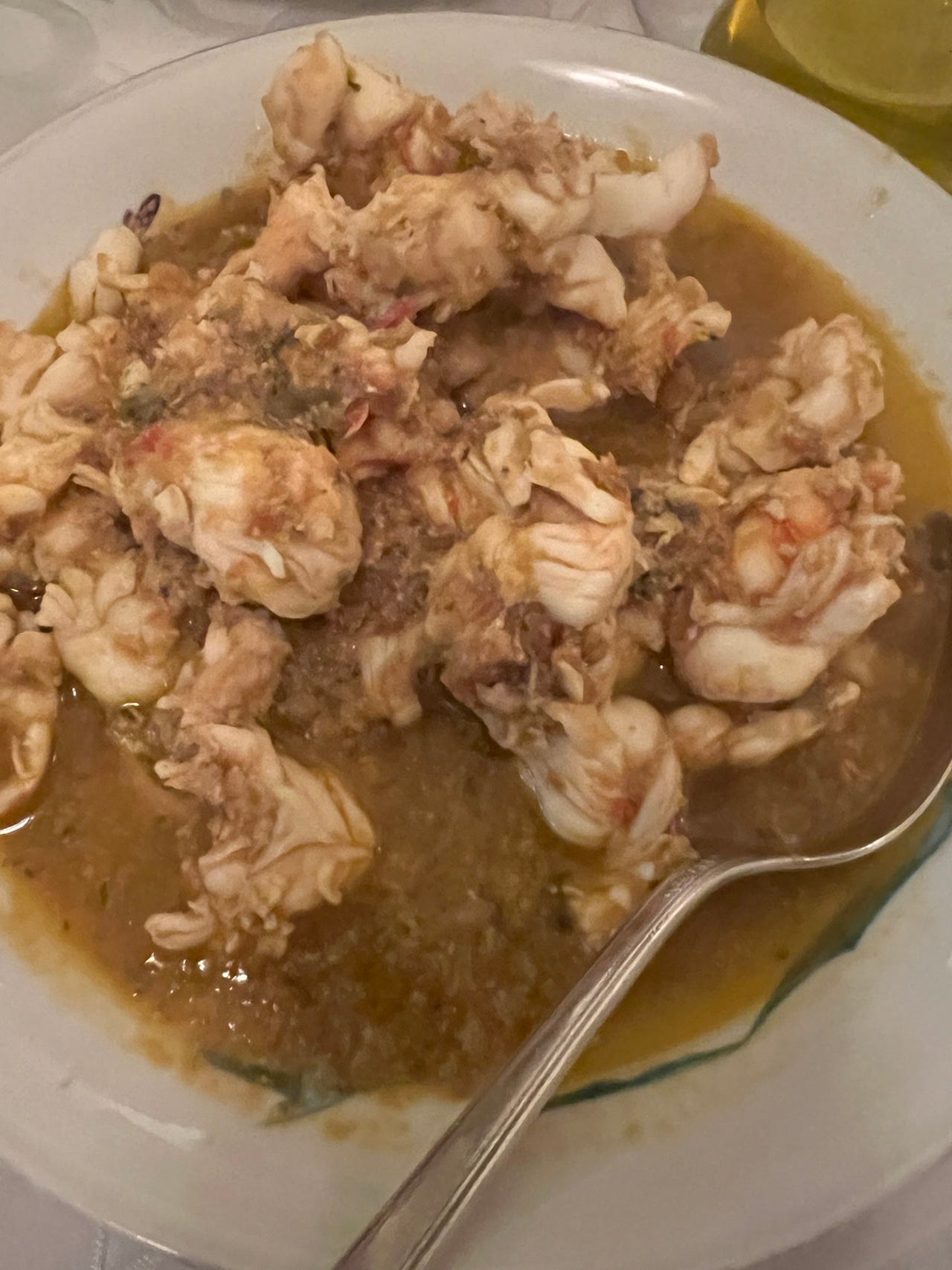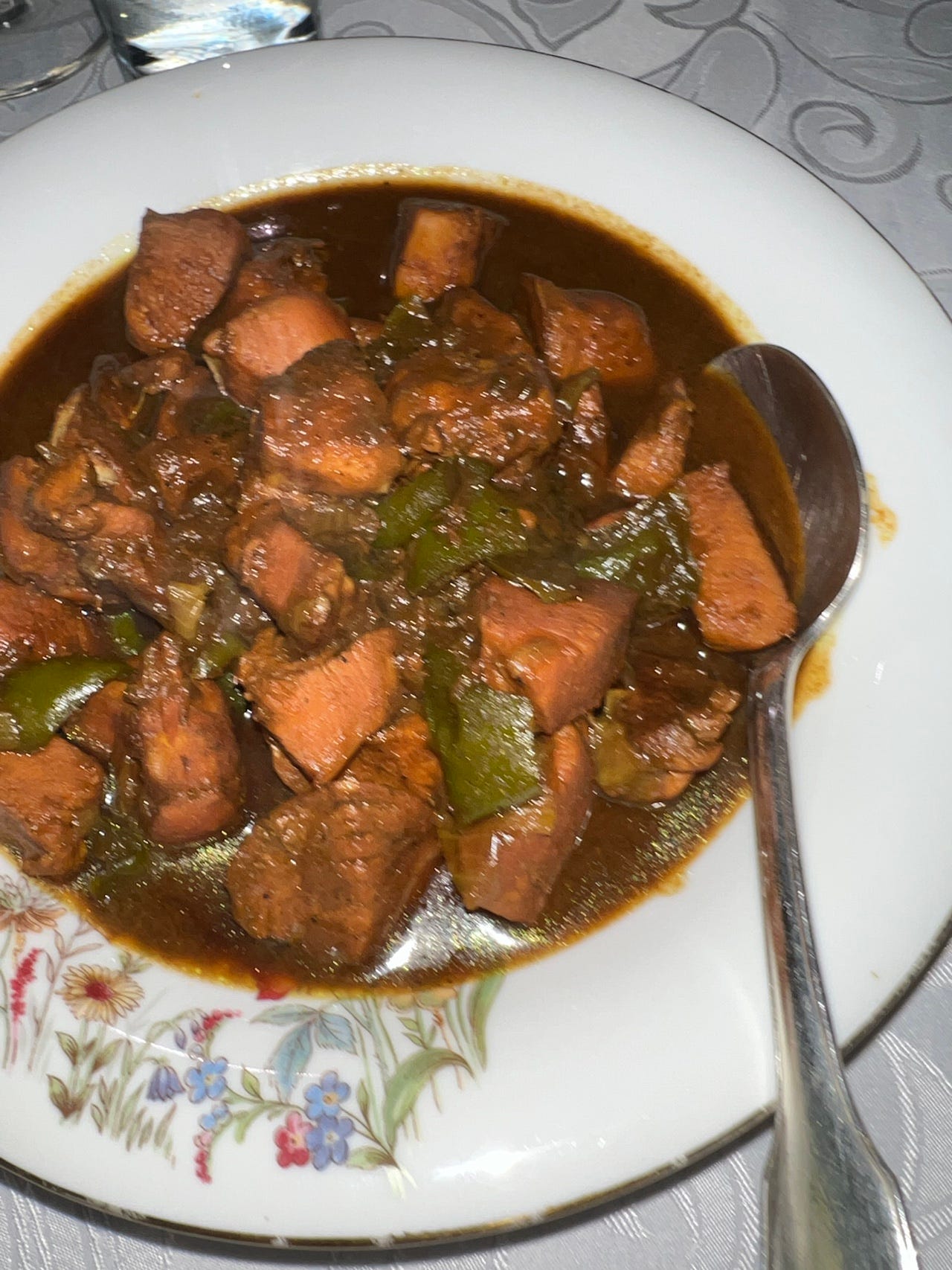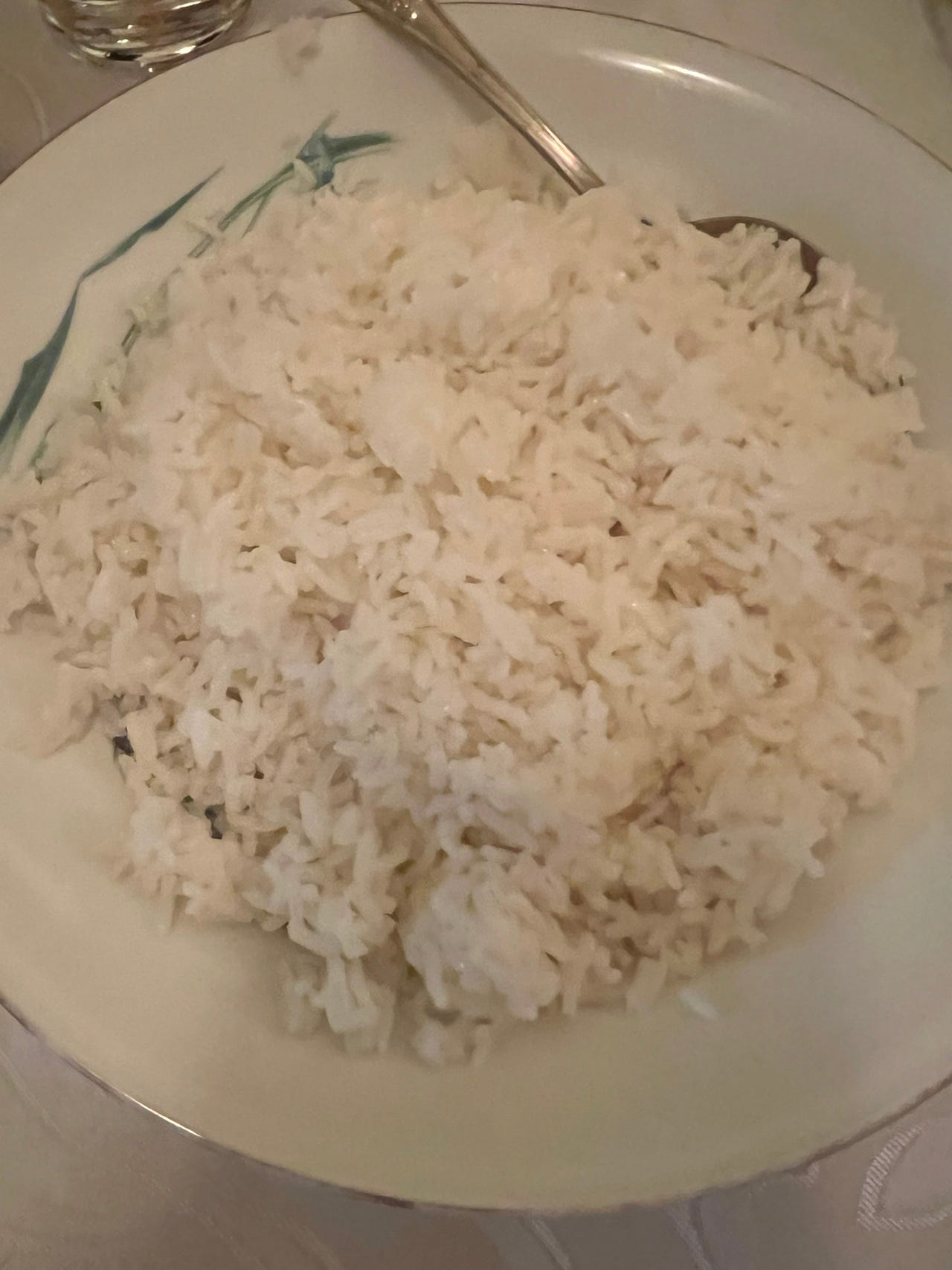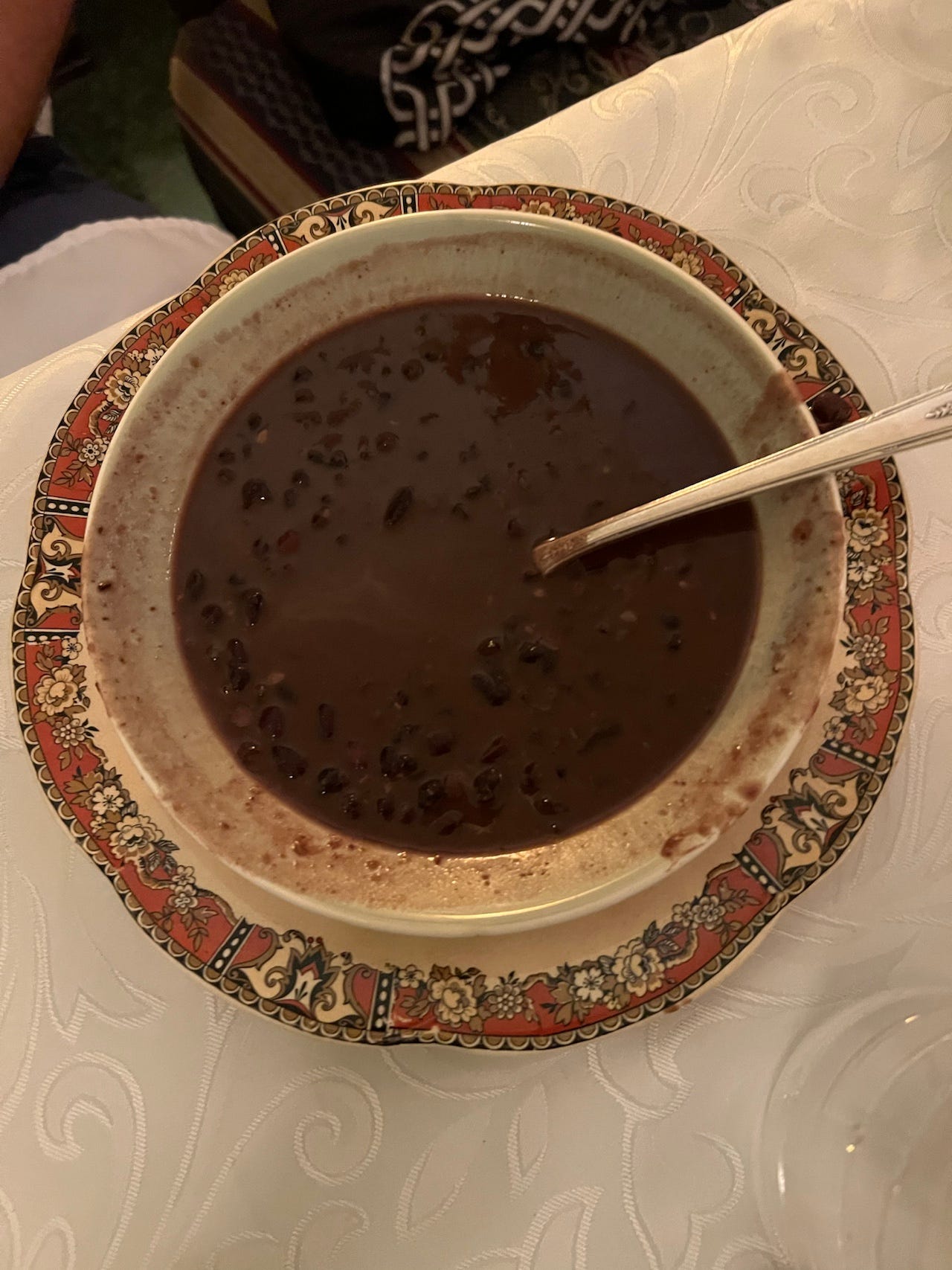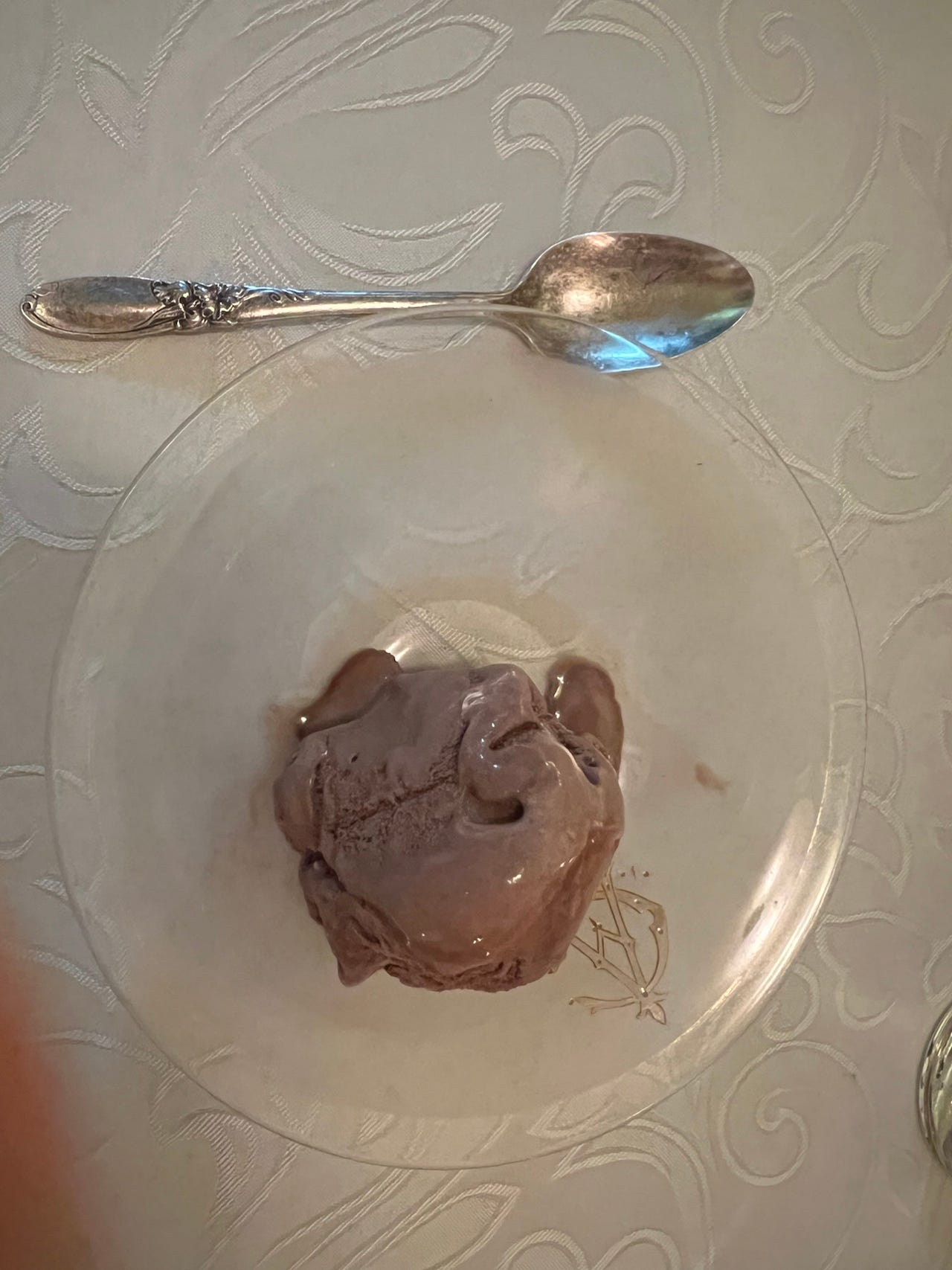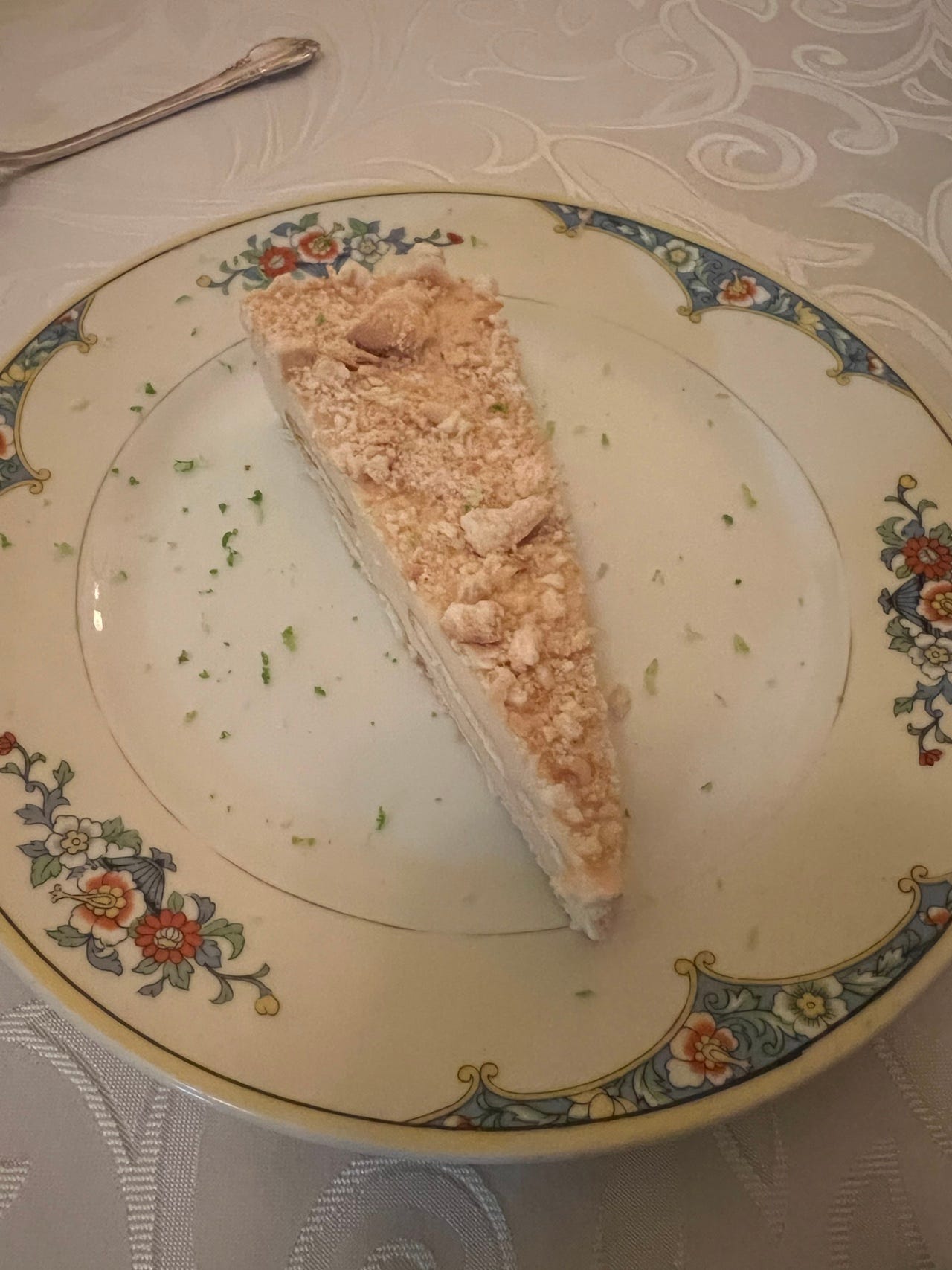Bonds and Bonding in Cuba
Paladares and private enterprise
One of the last things I expected in Cuba was a flashback to my job interview and days as a municipal bond reporter for Dow Jones Newswires. Somehow, I managed to get through the interview, earning credit for my curiosity and ability to think and write quickly under pressure.
However, having previously written about supply chain and logistics for Supermarket News, I was initially unfamiliar with the world of bonds. For example, the inverse relationship between interest rates and bonds is far from intuitive. When interest rates rise, the prices of existing bonds in the secondary market typically fall. Newer bonds offer higher coupon interest rates, making older bonds with lower rates less attractive—hence, the lower price.
However, I quickly understood how critical bonds, especially those in the iconic municipal bond market, are to the United States infrastructure. These financial instruments fund airports, schools, hospitals, and other projects. Taxpayers repay bondholders over time, enabling communities to build now and pay later. Bonds, in essence, are a key to public sector progress.
The Absence of a Bond Market in Cuba
Reflecting on this while in Cuba, I was struck by its absence of an active capital market, which is essential for well-functioning economies. This short video from my husband’s company reminded me that capital markets allow businesses and governments to raise funds, spur growth, and create opportunities for investors to build wealth. It gives a nice visual representation of what bonds can do.
Cuba faces severe economic limitations. State controls tightly manage almost all activity, stifling innovation and placing an unbearable burden on the people. The results are evident: garbage piles up, and buildings crumble. While my visit didn’t aim to uncover every reason for these issues, the lack of private property and a capital market stood out as significant factors.
A Bright Spot: The Emergence of Paladares
Amid the challenges, something extraordinary has emerged in Cuba: paladares, private kitchens that operate as home restaurants. These are a kind of workaround to the restrictions of a socialist economy, offering a glimpse of innovation and enterprise.
Before 1993, these paladares weren't legal, but when the Soviet Union collapsed, some Cuban reforms were initiated, including legalizing small private businesses like paladares. This was initially done with some caveats, including limiting what they could serve and the number of guests to 12. The restrictions were initially implemented to ensure food safety, food quality, and equitable distribution of scarce food supplies.
Restaurant regulations like these seem reasonable, but it’s strange to me that something as fundamental as dining in a home could become so legally complicated. It made me wonder: Did the Cuban government impose the same restrictions on the food served to themselves? Could they only have 12 guests in their home? Who will show up and ask them to leave?
I’m guessing the answer in the past in Cuba was no. Some rules have elements that defy logic, even if it is a socialist country. Perhaps that’s why, over time, the restrictions eased, allowing paladars to thrive. Today, they are beloved by both locals and tourists—and, I'm betting, even a couple of government officials, too.
Dining with Love and Intention
The food in paladares is made with love and intention. One of them reminded me of my grandmother’s house, featuring multiple rooms, old paintings, and interesting table lamps with worn shades.
In the living room, there were two plush cloth-covered chairs, one in brown and the other in red, both with floral patterns. They were on either side of a fireplace that now housed a plant. Framed photos, vases, and figurines of all shapes and sizes filled the mantle.
Over the mantle was a large framed black-and-white picture of shirtless man, his left arm reached upward, the right hanging by his side. He was young and vigorous, with a small mustache and penetrating eyes. Whatever he was thinking, he believed in it. I wondered if he was someone real or created from the imagination of the artist.
Either way, he stood proudly and spoke to some element of defiance. Other pictures surrounded him, but none as evocative. He was in charge. Silently, he had seen many people sitting for meals from his perch over the mantle in this green pastel-painted room. It would have been so quiet without the people. I think he welcomed them.
The room had knickknacks, plants, throw pillows, end tables, and random chairs. Not far from the couch was a long table where our group was to sit. The table was set with white plates, some with roses and others with different flowers. The glasses were clear with various imprinted patterns. The tablecloth was white with an embossed pattern. The chairs were a combination of wicker and wood. Decorative plates had been hung on the wall. My grandmother had done just the same thing.
Seated at the end of the table, I could see into the kitchen through a large open frame. I watched a team working tirelessly to plate the meals and send them off to the servers. It took everything in me not to jump in and help. We had lobster, pork, beef stew, rice, pasta salad, prosciutto, egg and potato squares, and homemade bread.
Lastly, there was coffee and homemade chocolate ice cream; I had one bite, and Phil had the rest—that’s how it usually goes with dessert. The paladar had also prepared a torte-like cake, which Phil said was quite good.
Everything tasted like home, unlike the overly complex restaurant meals that often feel overworked in high-end restaurants in most big cities. That’s why I usually don’t go out to restaurants unless it’s for the experience, a special occasion, or time with a dear friend.
There’s a significant focus on Michelin stars, but they've never been terribly important to me. Of course, for others, they matter a great deal. But a home-cooked, unprocessed meal matters most in my world—especially as I age. If a restaurant cares about that, then I want to go there. If they happen to have a Michelin star, that’s nice, but they don’t need it.
Certainly, paladares didn’t need that for me—they made me feel like they were coming out of my kitchen. We don't necessarily make fancy things in the Fischer Kitchen, but we try to make tasty, healthy things.
Paladares as Symbols of Ingenuity
I left Cuba knowing paladares are more than just restaurants. They are symbols of economic flexibility, individual enterprise, and the determination of the Cuban people to innovate despite constraints. These kitchens highlight the resourcefulness of Cubans who bring joy to tourists like me through their food.
I hope paladares continue to expand because they are a positive force for the Cuban economy and its people. Isn’t the role of any government, anywhere in the world, to uplift its people? And yet here we are, back to food and geopolitics.
Food as a Lens for Understanding
My trip to Cuba underscored how food is deeply intertwined with culture, economy, and policy. Food nourishes us, but it also reflects society's more extensive workings. Paladares offers a powerful lens to understand the resilience of the Cuban people and their ability to create something beautiful despite hardship.
Cuba has so much to offer, and I hope to see it flourish someday by adding a bond market. This will help Cuba build the infrastructure that the people deserve. Bonds make sense as a tool for improving people's lives, and capital markets will eventually come to the people.
In the meantime, Cuba has already mastered the art of food. The paladares are a testament to their ingenuity, hospitality, and, most importantly, heart.




